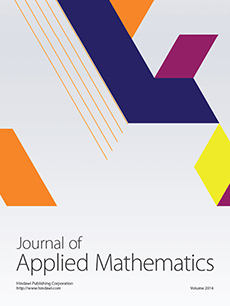Abstract
This paper proposes a model for estimating car delays at bus stops under mixed traffic using probability theory and queuing theory. The roadway is divided to serve motorized and nonmotorized traffic streams. Bus stops are located on the nonmotorized lanes. When buses dwell at the stop, they block the bicycles. Thus, two conflict points between car stream and other traffic stream are identified. The first conflict point occurs as bicycles merge to the motorized lane to avoid waiting behind the stopping buses. The second occurs as buses merge back to the motorized lane. The average car delay is estimated as the sum of the average delay at these two conflict points and the delay resulting from following the slower bicycles that merged into the motorized lane. Data are collected to calibrate and validate the developed model from one site in Beijing. The sensitivity of car delay to various operation conditions is examined. The results show that both bus stream and bicycle stream have significant effects on car delay. At bus volumes above 200 vehicles per hour, the curbside stop design is not appropriate because of the long car delays. It can be replaced by the bus bay design.
Citation
Yang Xiaobao. Huan Mei. Gao Ziyou. "Car Delay Model near Bus Stops with Mixed Traffic Flow." J. Appl. Math. 2013 (SI24) 1 - 6, 2013. https://doi.org/10.1155/2013/437637
Information





